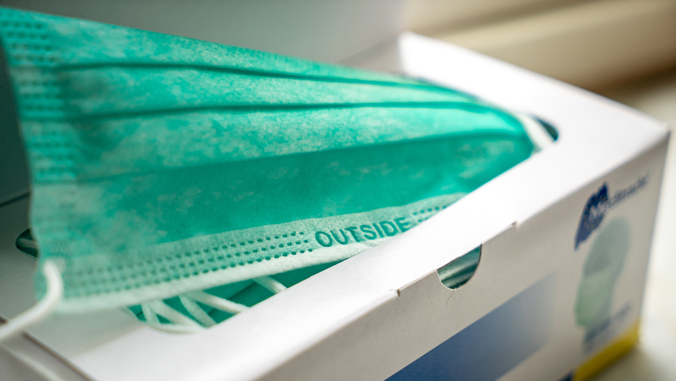
A new University of Hawaiʻi at Mānoa College of Engineering review article presents a breakthrough in multidisciplinary understanding of the airborne transmission of COVID-19 and researchers say they hope the findings will contribute to future public health guidance.
There have been more than 70 million confirmed COVID-19 cases worldwide. However, despite the urgency of the pandemic, the physical modes of COVID-19 transmission are still poorly understood. In particular, transmission by aerosols has recently come under focus. Aerosols are microscopic airborne particles that, due to their small size, can remain suspended in air for a long time, instead of falling directly to the ground.
An integrated review published in ACS Nano by mechanical engineering Professor Yi Zuo and Assistant Professor William Uspal, together with Associate Professor Tao Wei from Howard University, covers the entire exhalation-to-infection pathway. Drawing on aerodynamics, thermodynamics, molecular biophysics and other fields, their review considers how infectious aerosols disperse in the air, deposit in the lung and interact with cell receptors.
"During our review of the previous research, we found that a lot of cutting-edge research has not yet been integrated into public health guidelines in understanding COVID-19 transmission," Zuo said. "Furthermore, we realized just how much engineering perspectives still have to contribute to the effort against the pandemic."
The team believes that its review may stimulate the development of mitigation approaches, such as ventilation protocols, and new therapeutic interventions, such as surfactant therapy to alleviate COVID-19-induced acute respiratory distress syndrome. Surfactants are substances that, when added to water, reduce surface tension. In several ongoing clinical trials worldwide, natural surfactants extracted from animals' lungs have been given to ventilated COVID-19 patients as a supportive therapy to ease breathing, and provide more time for other therapeutic interventions.
According to Uspal, the most urgent message is, "Wear masks. Masks are particularly effective for large droplets. Ideally, masks worn by infected, but asymptomatic people would filter out most exhaled droplets before they have a chance to shrink by evaporation and become aerosols."
Zuo's research is funded by the National Science Foundation, and Uspal's research is funded by the American Chemical Society Petroleum Research Fund.







